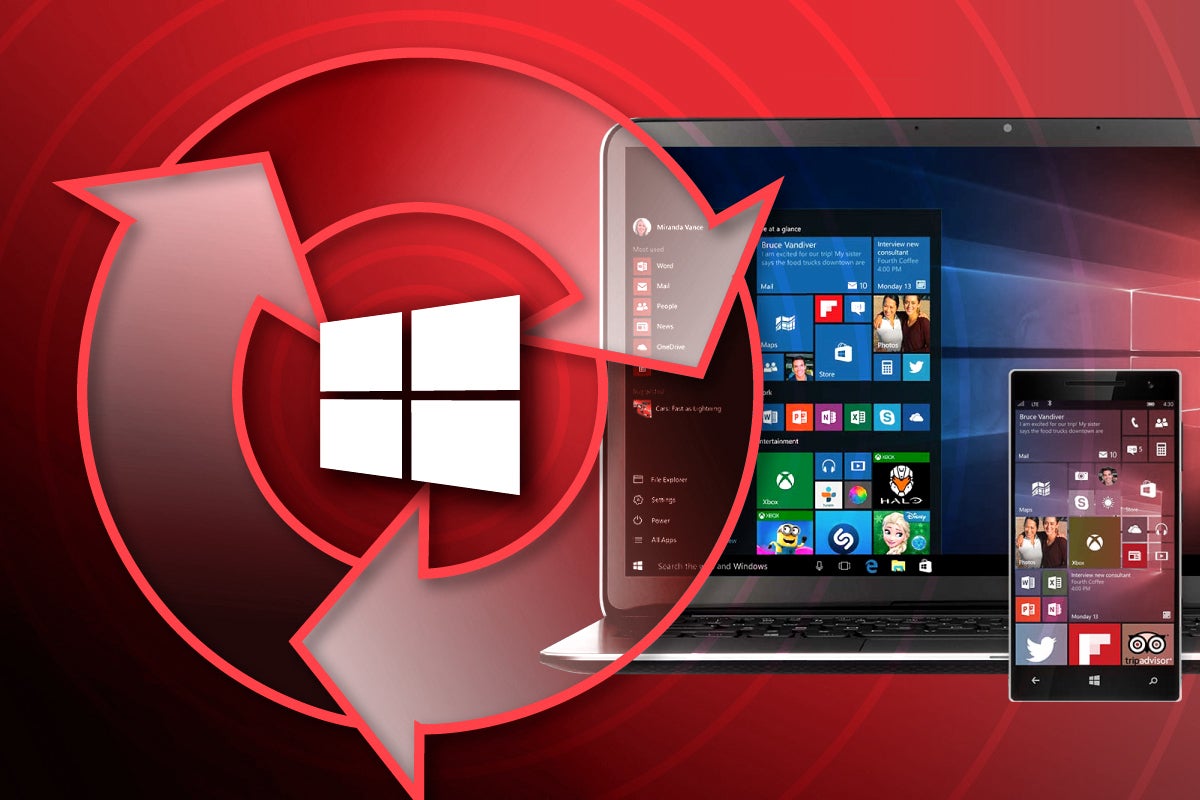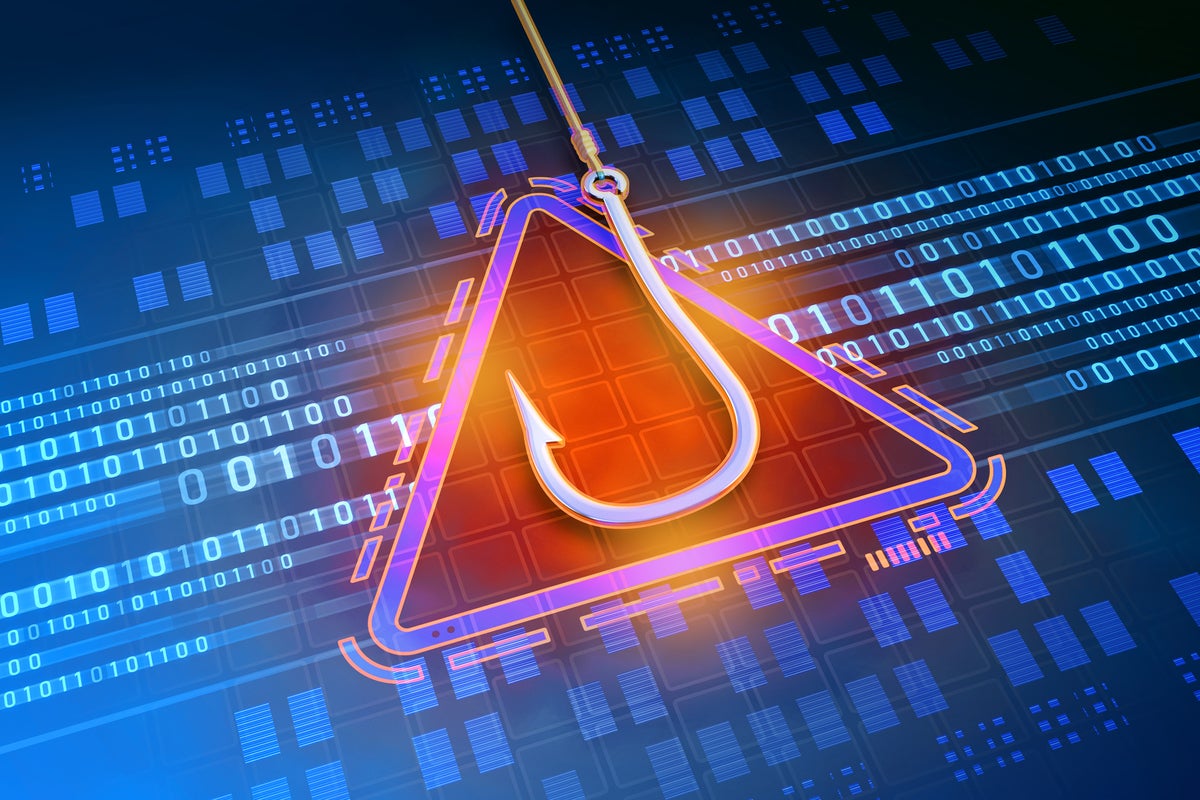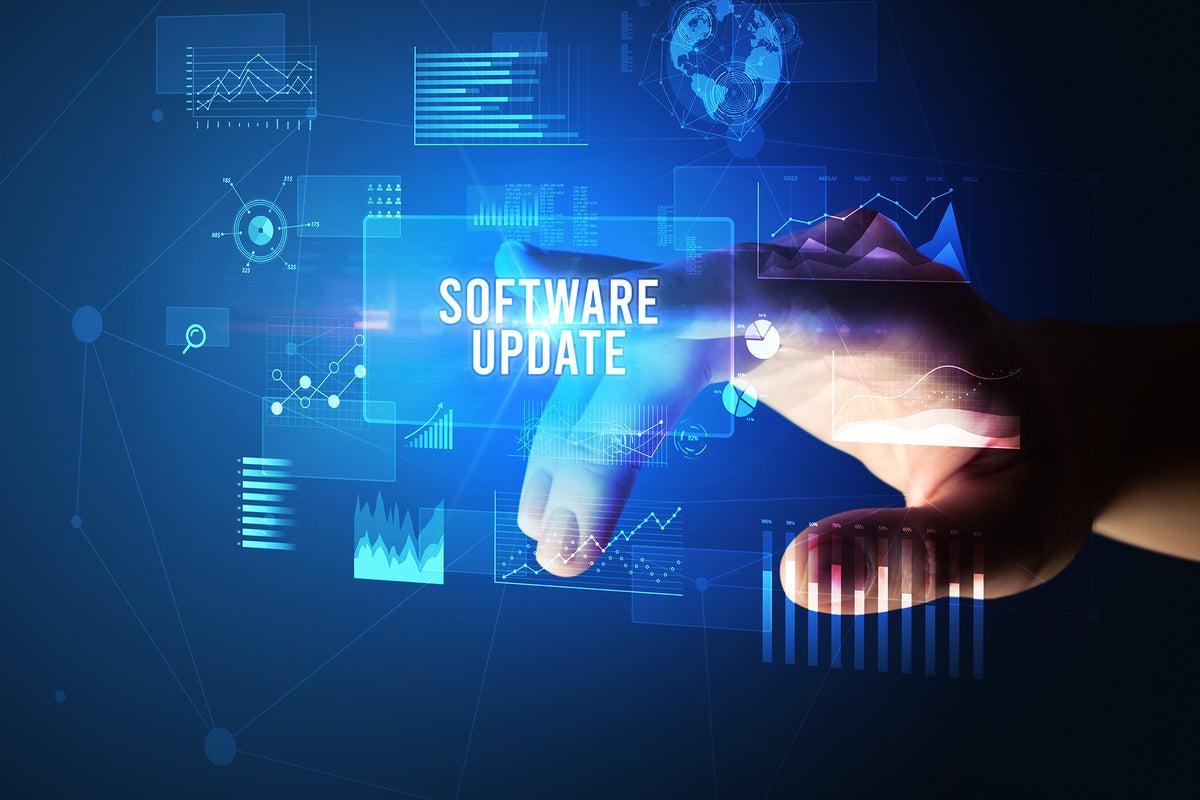In a time of war, it’s important to stay secure
![]()
Credit to Author: Susan Bradley| Date: Mon, 28 Feb 2022 06:09:00 -0800
As Russia invaded Ukraine, seeing the disruption in the world occur in near real time on social media brought poignancy to what was happening. While I don’t know anyone in Ukraine, I know many people who have friends or family members that have been impacted by the war. Ukraine has many technology ties around the world. It’s also been a source of cyberattacks, which is why there’s extra concern about what we can do to protect ourselves in case of attack. (Eastern Europe has often been the source of many of the ransomware attacks that occur around the world.)
So what can tech users do to ensure you protect yourself from possible cyberattacks arising from the conflict?







